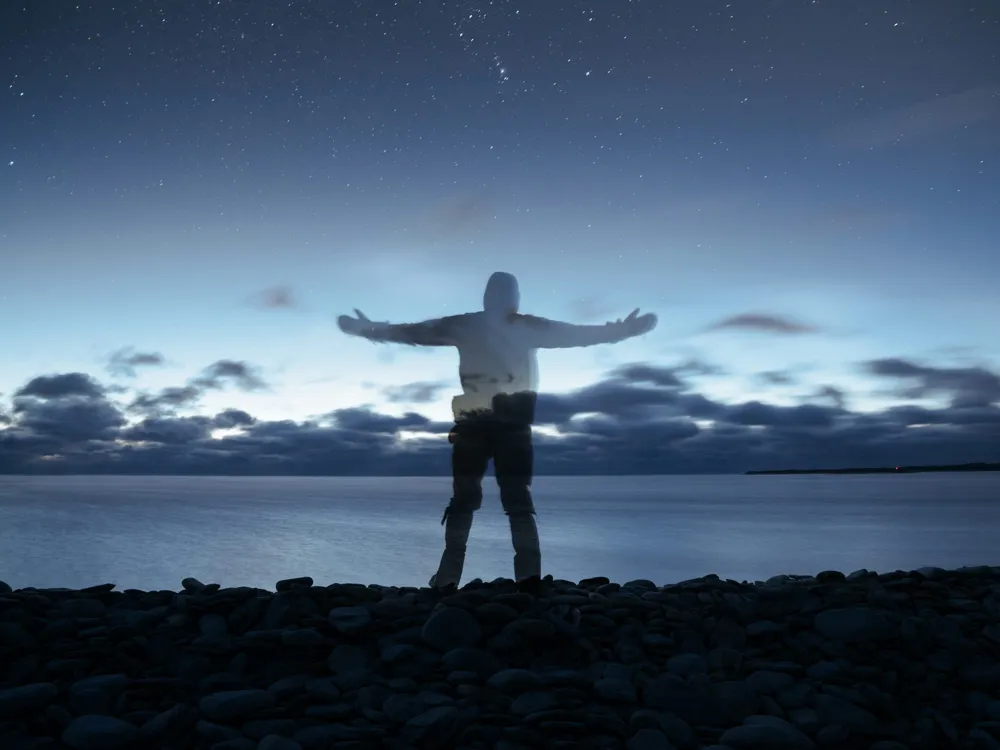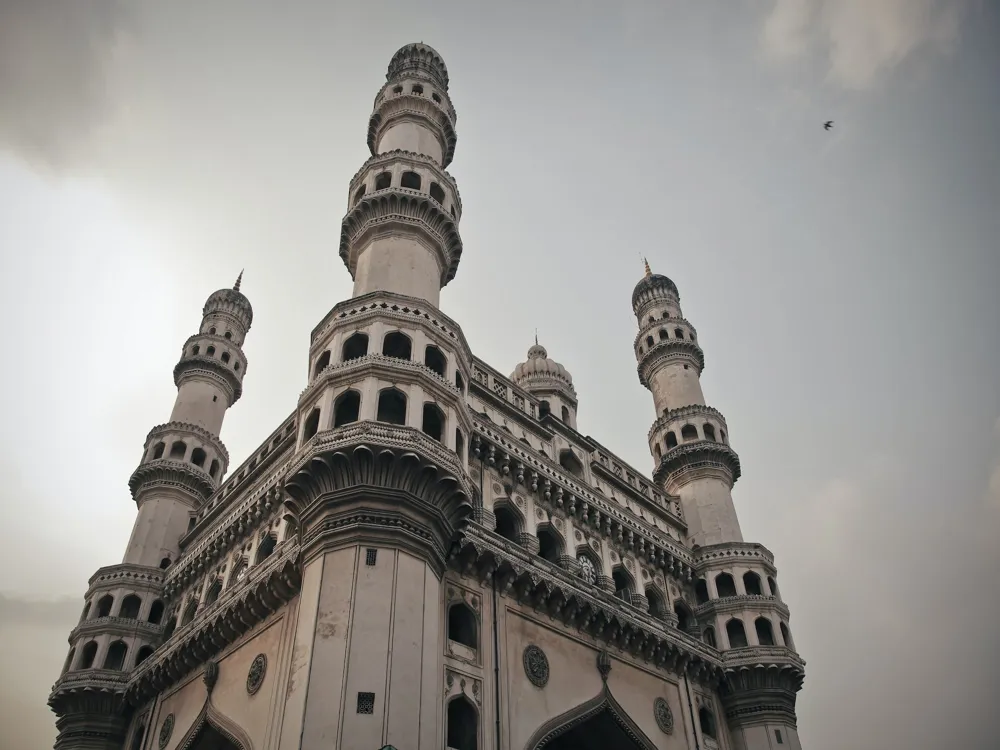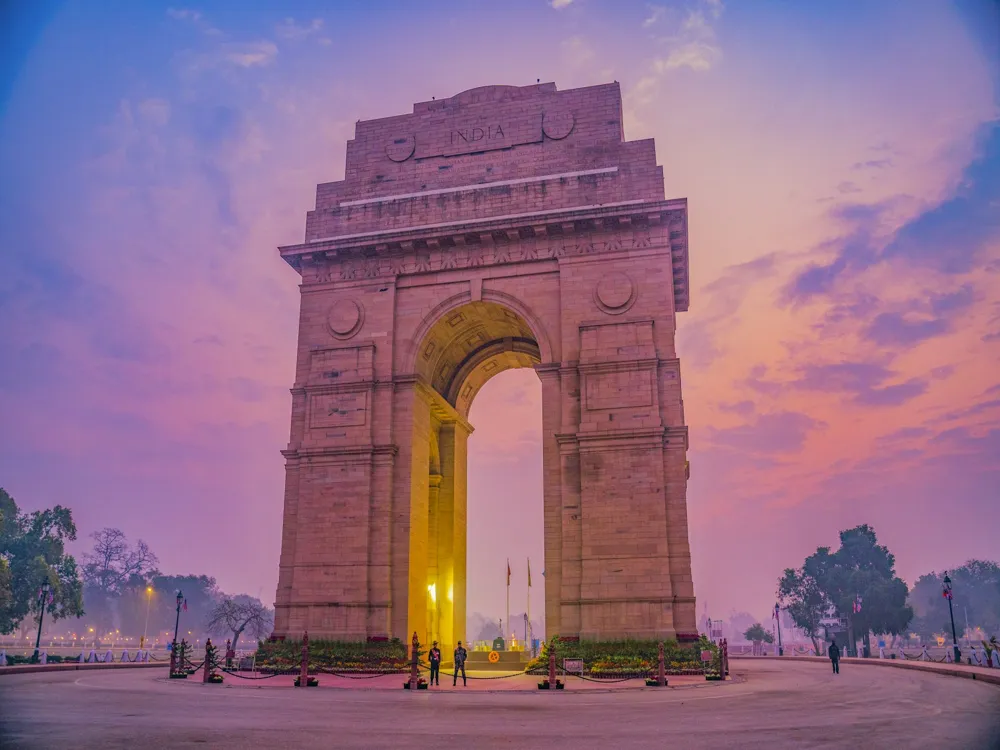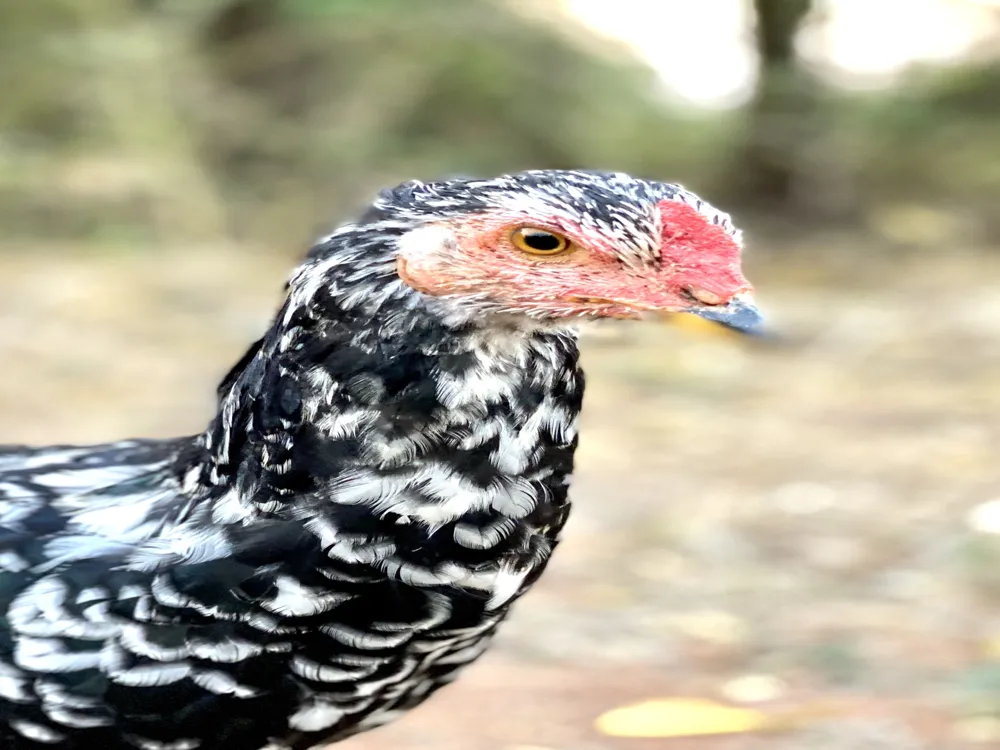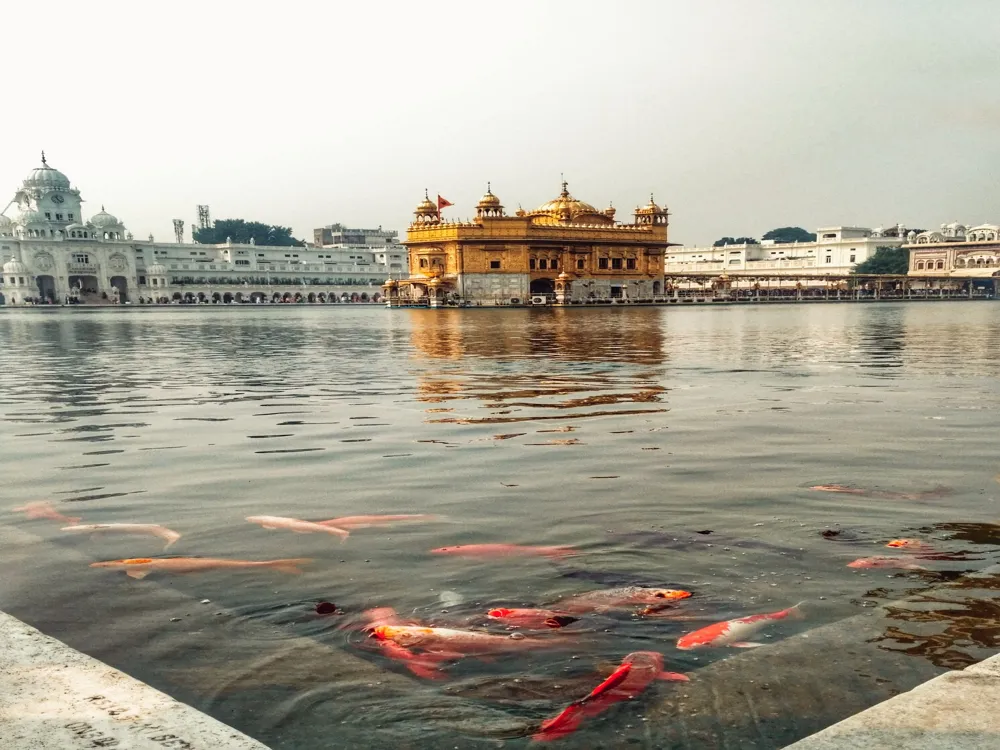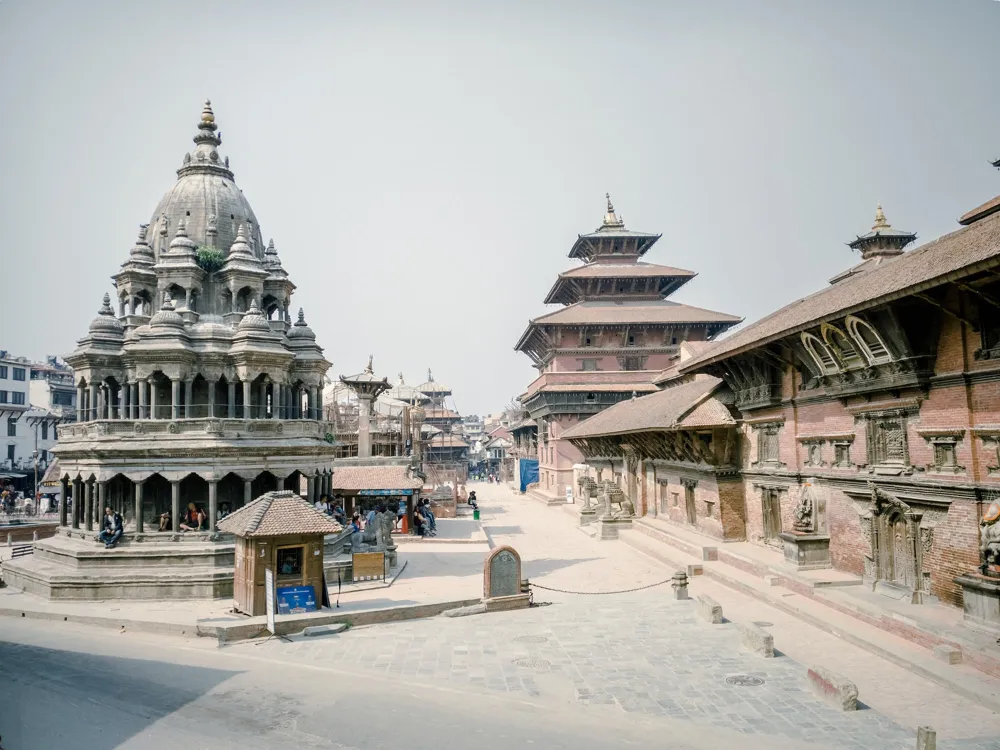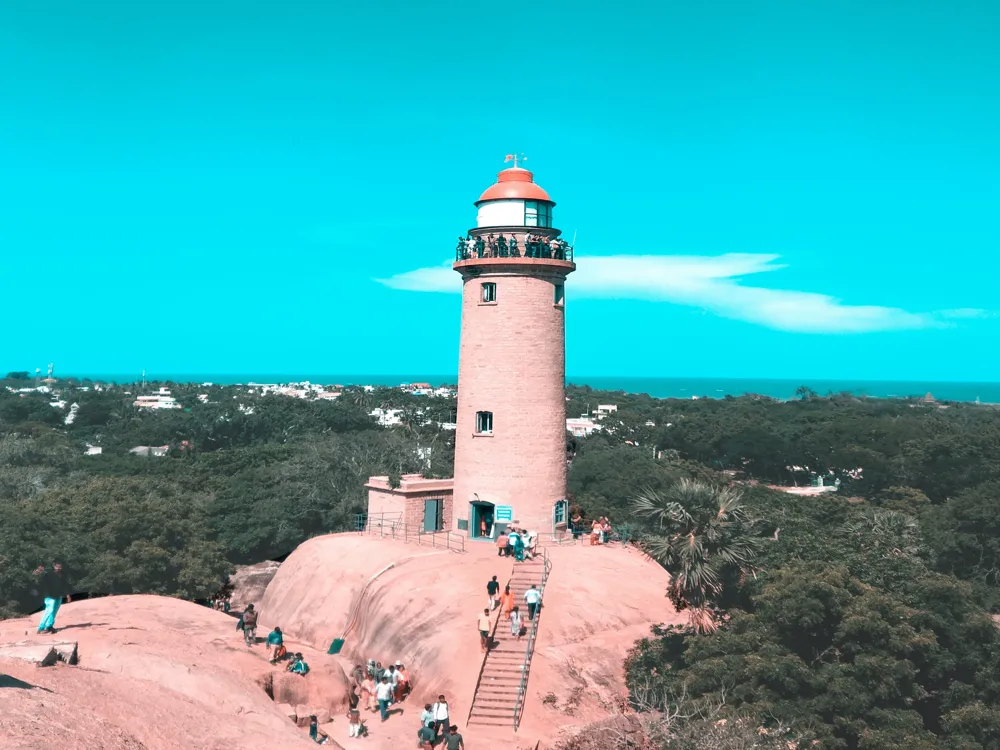Best Time to Visit Nagarjunakonda
Andhra Pradesh India
25 out of 25 Places to visit in Andhra PradeshNaN onwards View Packages
Get Customized PackagesThe Land of Diversity
Top Hotel Collections

Private Pool

Luxury Hotels

5-Star Hotels

Pet Friendly
What is the Best Time to Visit Nagarjunakonda?
Embarking on a journey to Nagarjunakonda, the island town entrenched in historical significance, demands strategic timing for an enriched experience. The prime window to explore this archaeological marvel is during the winter months, from October to March. With temperatures ranging between 15°C to 25°C, the weather is pleasantly cool, making it ideal for unraveling the mysteries of Nagarjunakonda's Buddhist relics and ancient ruins. This period ensures a comfortable and immersive exploration, free from the extremes of the scorching summer heat or the disruptions of monsoon rains, providing visitors with an optimal setting to delve into the island's rich cultural tapestry.
More about the Best Time to Travel to Nagarjunakonda
Travel Peak Season in Nagarjunakonda
Nagarjunakonda's peak season, from October to March, is the epitome of cultural vibrancy and optimal weather. With temperatures ranging between 15°C to 25°C, this period is ideal for uncovering the island's archaeological treasures and embracing its spiritual ambiance. The peak season aligns with various cultural festivals, adding a vibrant touch to the historical exploration. Travelers during this time can traverse the ruins, visit the Buddhist stupas, and witness Nagarjunakonda in its full splendor. Planning visits around festivals ensures a comprehensive and captivating experience in this archaeological haven.
Travel Offseason in Nagarjunakonda
The offseason in Nagarjunakonda, primarily during the scorching summer months from April to June, provides a unique perspective for intrepid travelers. While temperatures may rise, it's an opportune time for those seeking solitude and a closer connection with the island's historical wonders. Indoor explorations, such as museum visits and archaeological tours, offer respite from the heat. The offseason in Nagarjunakonda invites a quieter atmosphere, allowing for a more introspective and personalized connection with the island's archaeological marvels, away from the peak-season crowds.
Nagarjunakonda Travel Packages
View All Packages For Nagarjunakonda
Nagarjunakonda in Shoulder Season
Nagarjunakonda in the shoulder seasons, from April to June and September to October, presents a balanced climate for travelers. With temperatures moderating and fewer crowds, it's an opportune time for archaeological exploration and cultural discoveries. The shoulder seasons offer a quieter atmosphere compared to the peak months, allowing for a more intimate connection with Nagarjunakonda's ancient relics. Whether you're traversing the archaeological sites or immersing yourself in the island's rich history, Nagarjunakonda in the shoulder season provides an optimal setting for an enriching and delightful experience.
Nagarjunakonda in Hot Season
Nagarjunakonda in the hot season, from April to June, experiences warmer temperatures ranging from 25°C to 35°C. While the heat may be intense, this period offers a unique perspective on the island's landscapes and archaeological treasures. Exploring Nagarjunakonda during the hot season provides a different ambiance, with fewer fellow travelers and the opportunity to witness the ruins against the backdrop of clear skies. It's an ideal time for enthusiasts who can withstand the heat and wish to delve into Nagarjunakonda's historical allure at their own pace.
Nagarjunakonda in Rainy Season
Nagarjunakonda in the rainy season, from July to September, transforms into a lush green landscape with occasional rain showers. While outdoor activities may be limited, the island's archaeological sites take on a different charm amidst the verdant surroundings. Travelers during the rainy season can explore Nagarjunakonda's historical wonders indoors, witness the beauty of the monsoon rains, and enjoy a quieter experience away from the crowds. The rainy season in Nagarjunakonda invites those who appreciate the beauty of nature and are willing to embrace the unique ambiance created by the rain in this archaeological haven.
Nagarjunakonda in Cool Season
Nagarjunakonda in the cool season, from October to March, unveils its historical treasures in a comfortable climate. With temperatures ranging from 15°C to 25°C, this period is perfect for archaeological exploration and cultural immersion. The cool season sets the stage for delightful festivals, adding to the enchanting atmosphere. Travelers during this time can relish the comfortable weather and immerse themselves in the rich history of Nagarjunakonda, making it an ideal period for a delightful and immersive archaeological experience on this historical island.
Places To Visit In Nagarjunakonda
View All Places To Visit In NagarjunakondaNearby Places Nagarjunakonda
Nagarjunakonda Photos
Browse Package Collections
Browse Hotel Collections
Faq
When is the best time to visit Nagarjunakonda?
The ideal time to visit Nagarjunakonda is during the winter months, from October to March. The weather is pleasant, and the archaeological site is easily accessible.
What makes the winter months preferable for a visit?
Winter months offer a comfortable climate with temperatures ranging from 15°C to 25°C, making it pleasant for exploring the historical ruins and enjoying outdoor activities.
Are there any specific months to avoid visiting Nagarjunakonda?
It's advisable to avoid the monsoon season (June to September) due to heavy rainfall, which can impact travel plans and the overall experience.
Can Nagarjunakonda be visited during the summer months?
While it's possible to visit during summer (April to June), temperatures can soar, reaching up to 40°C. It's recommended to carry sunscreen and stay hydrated if planning a visit during this time.
Are there any festivals or events that enhance the experience during certain months?
The Buddha Jayanti festival in April/May is celebrated with grandeur, offering a unique cultural experience. It might be an exciting time for visitors interested in local festivities.


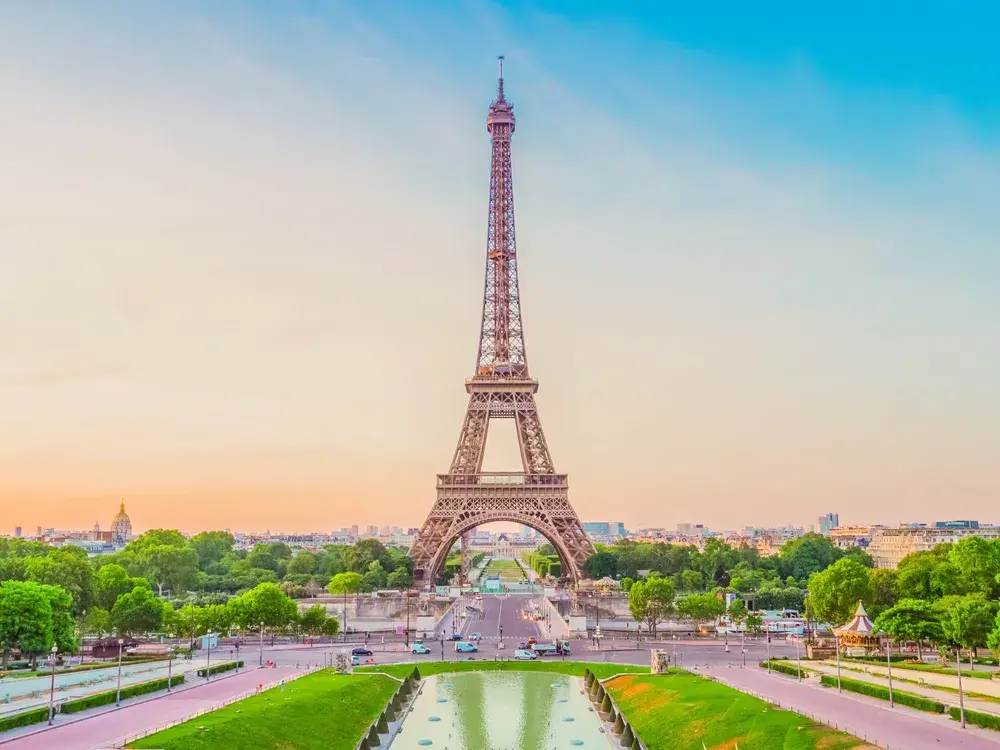
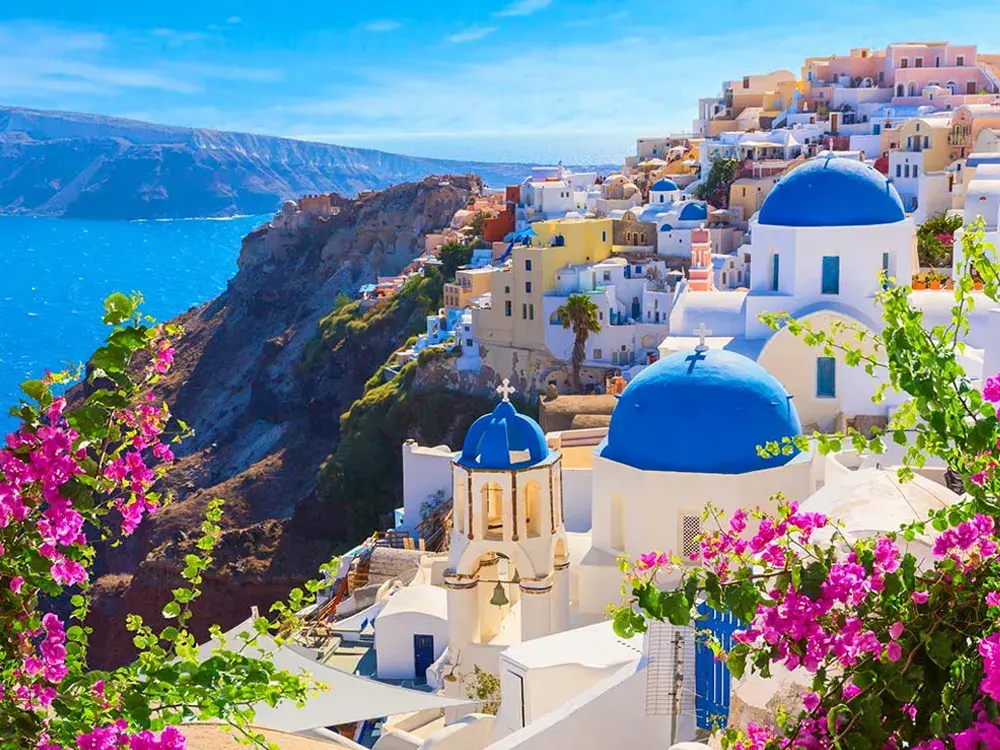
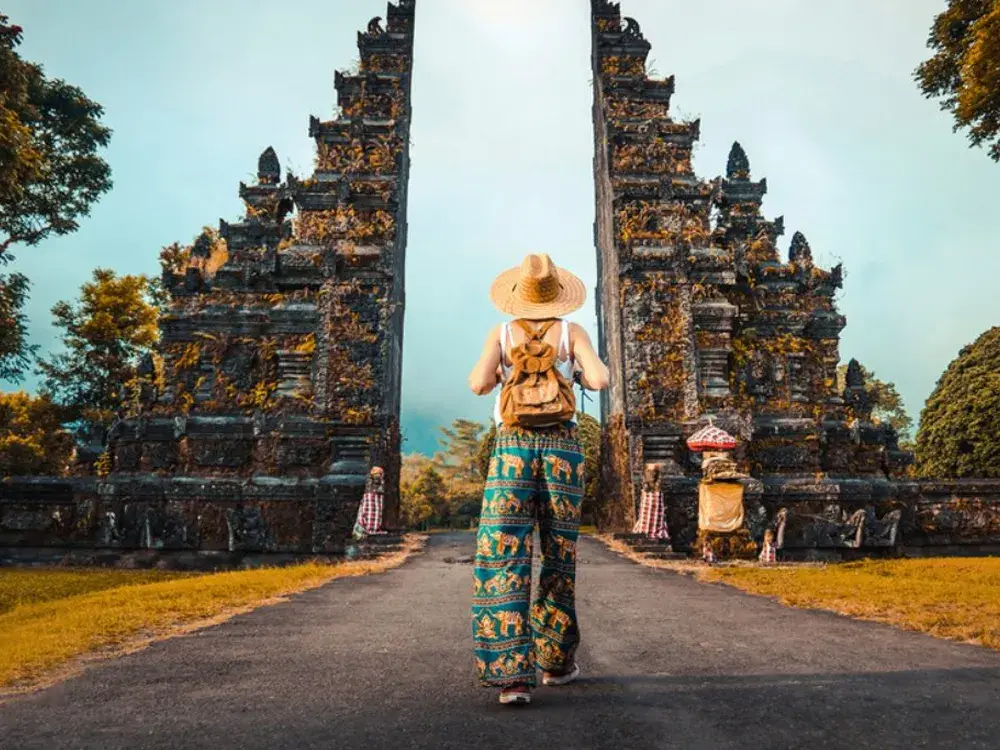
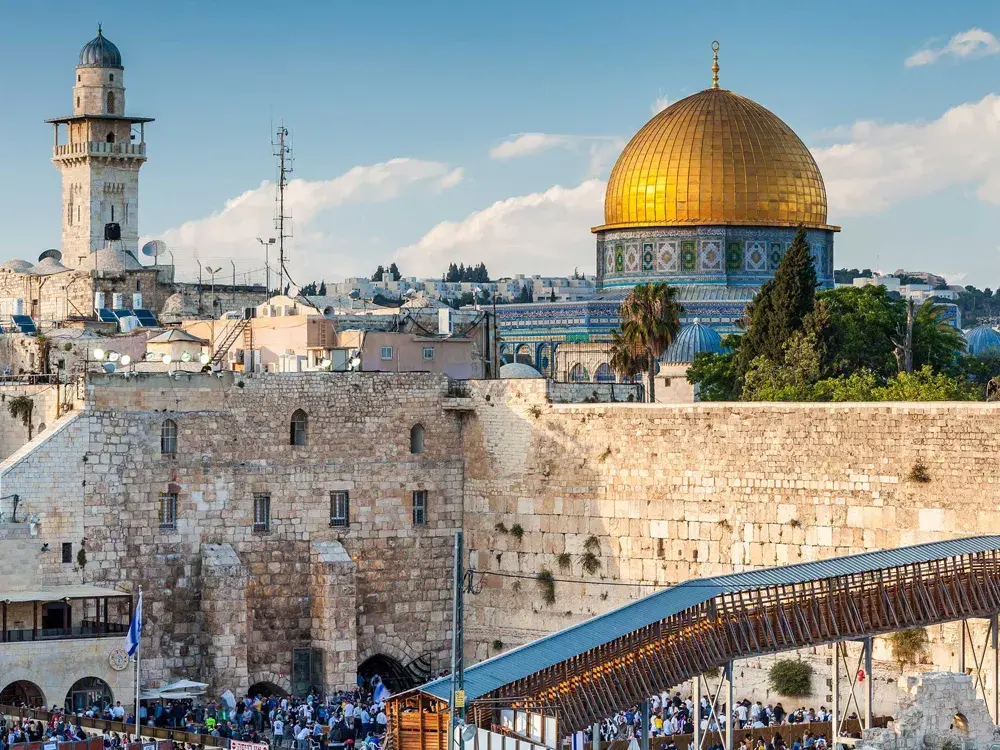
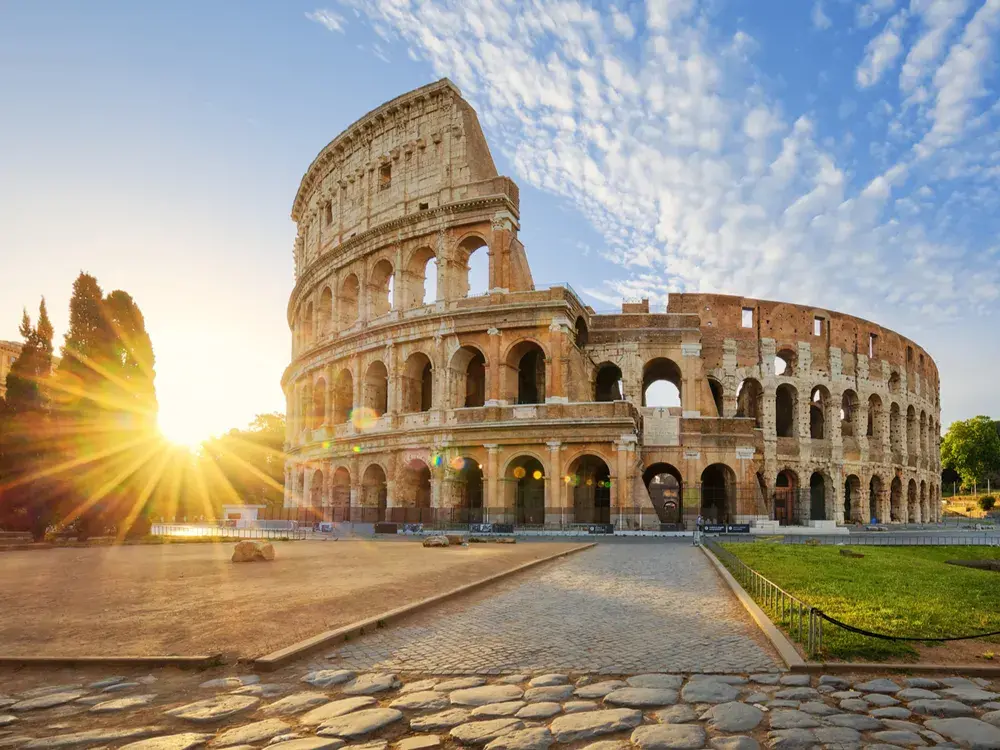
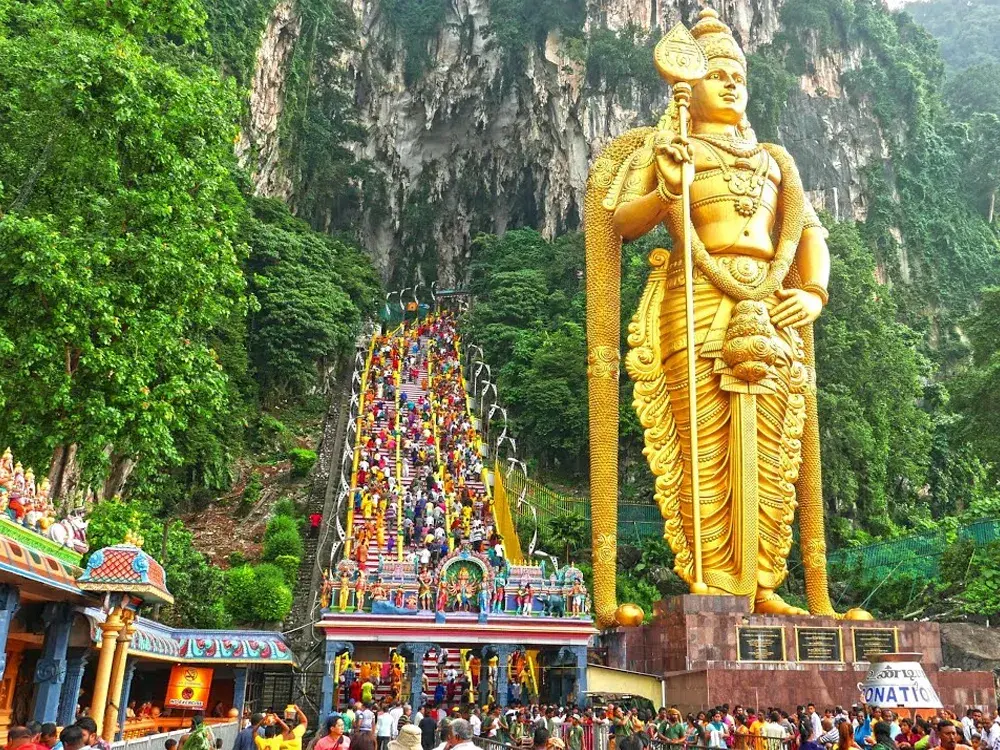
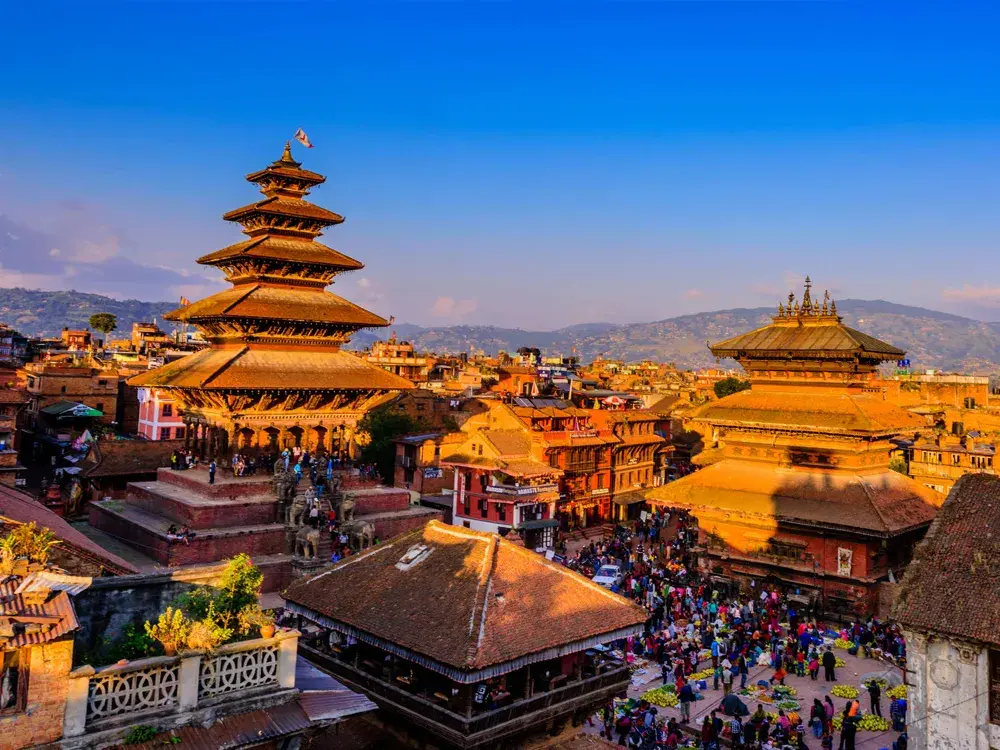
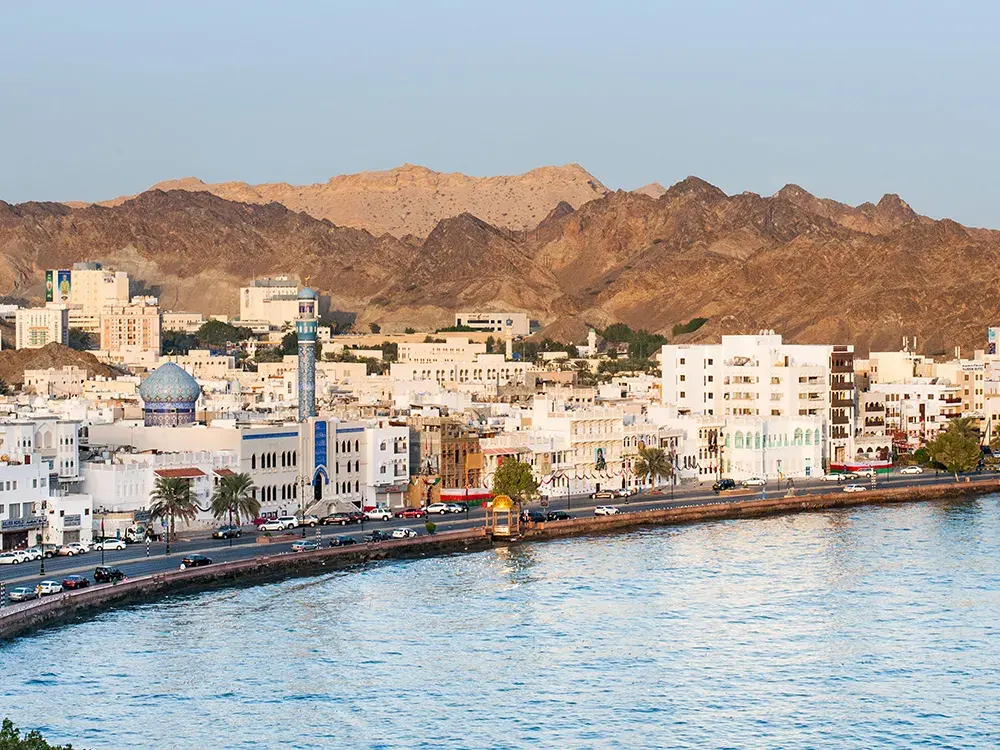
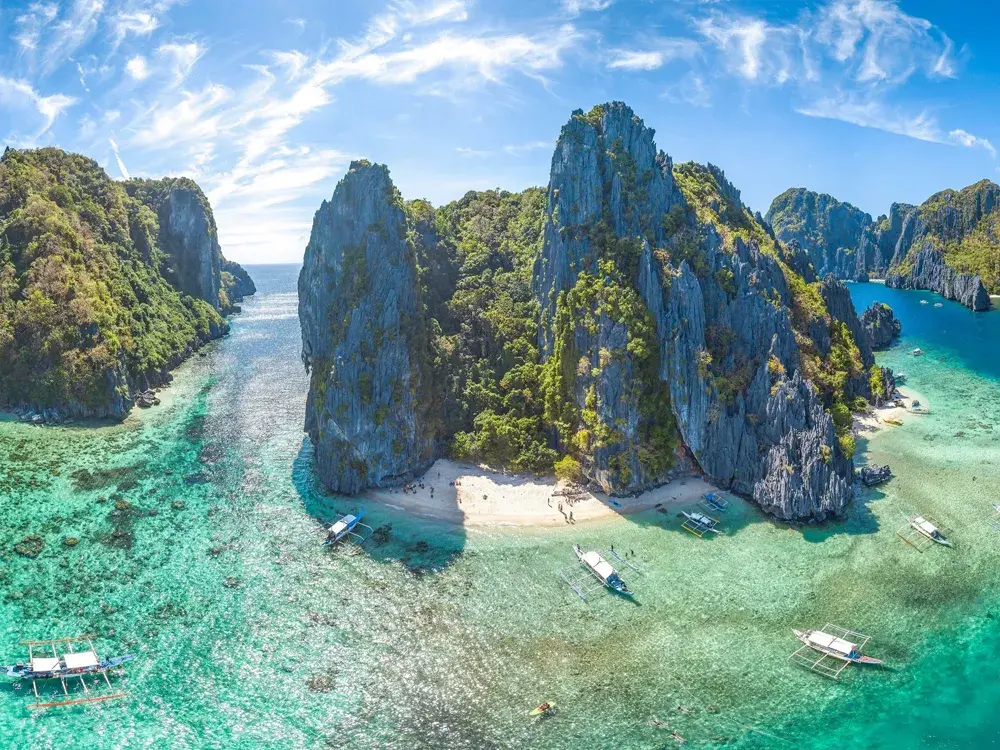
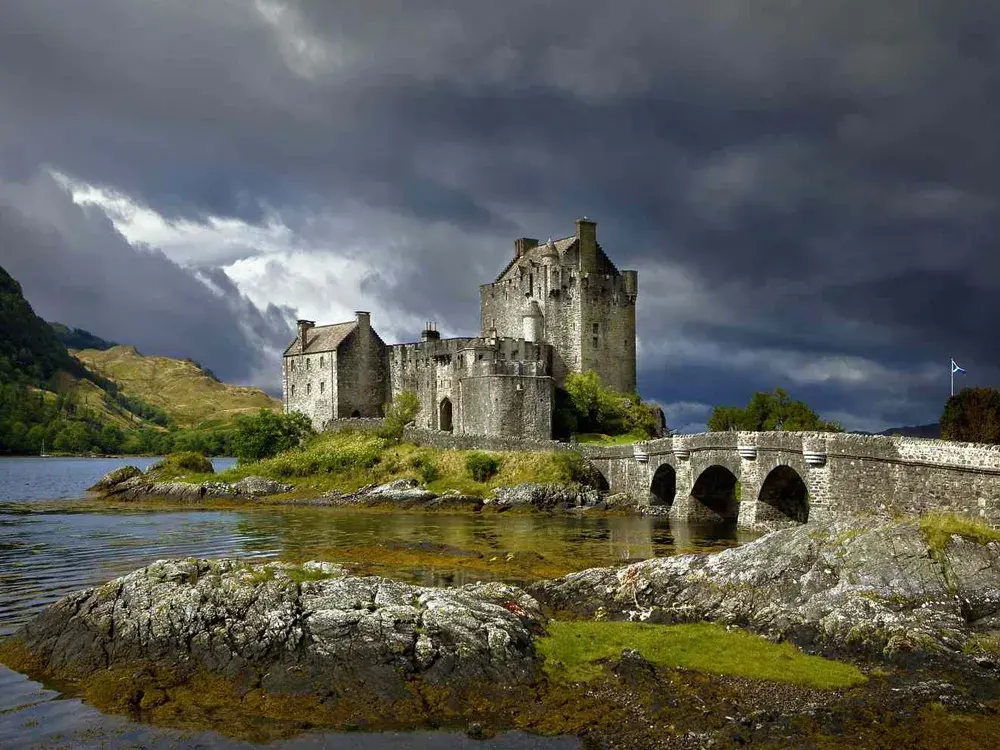
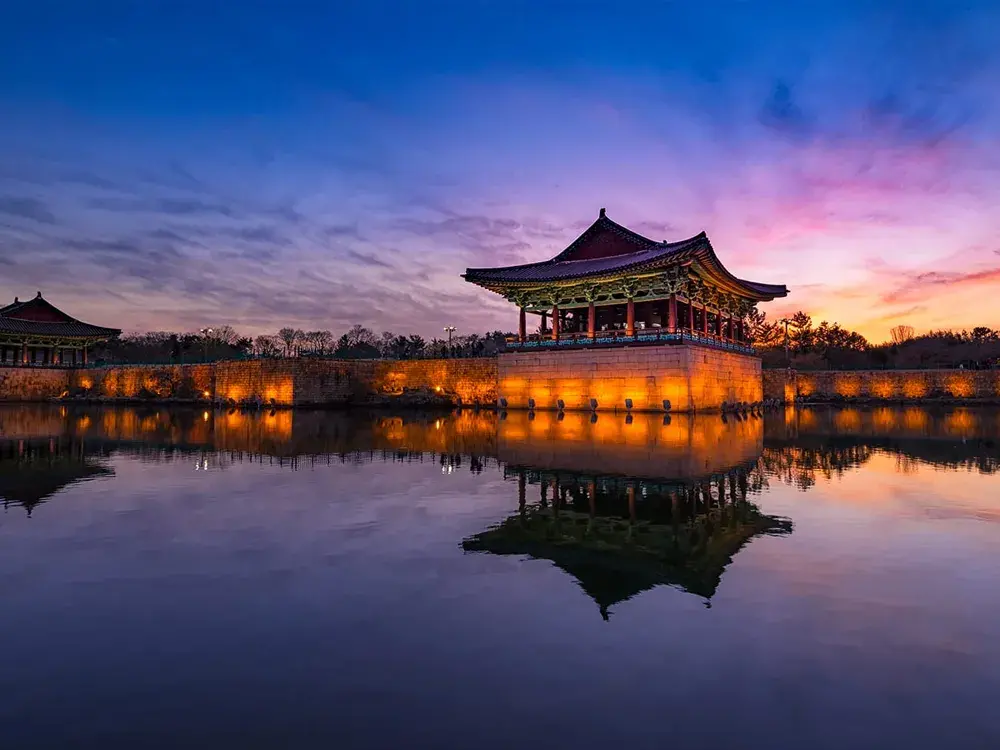
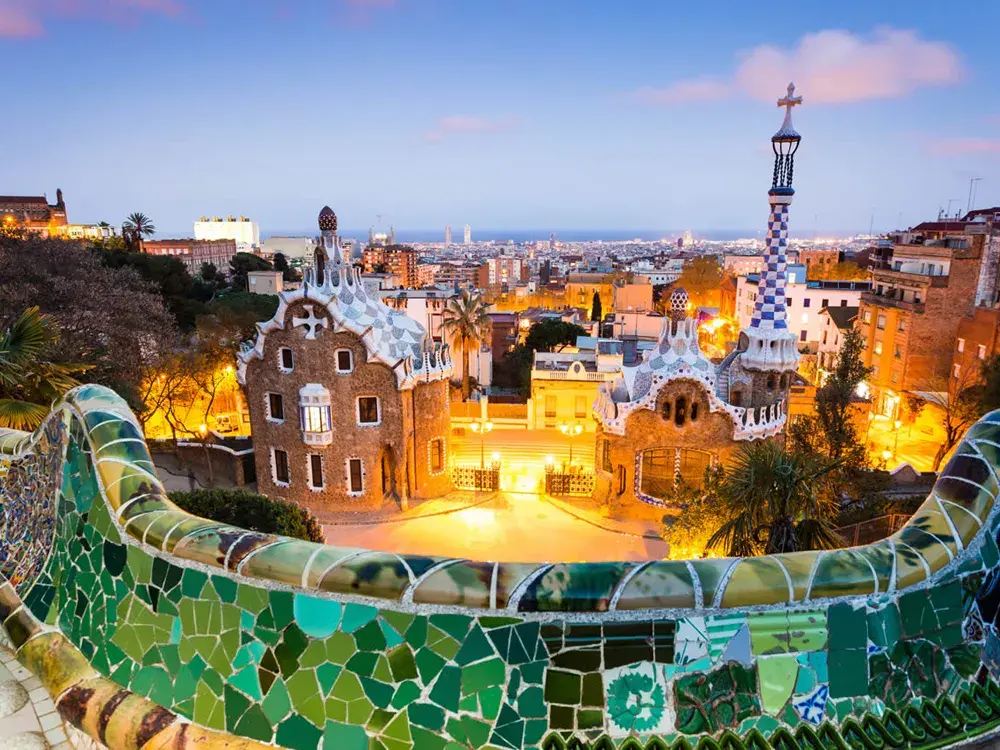
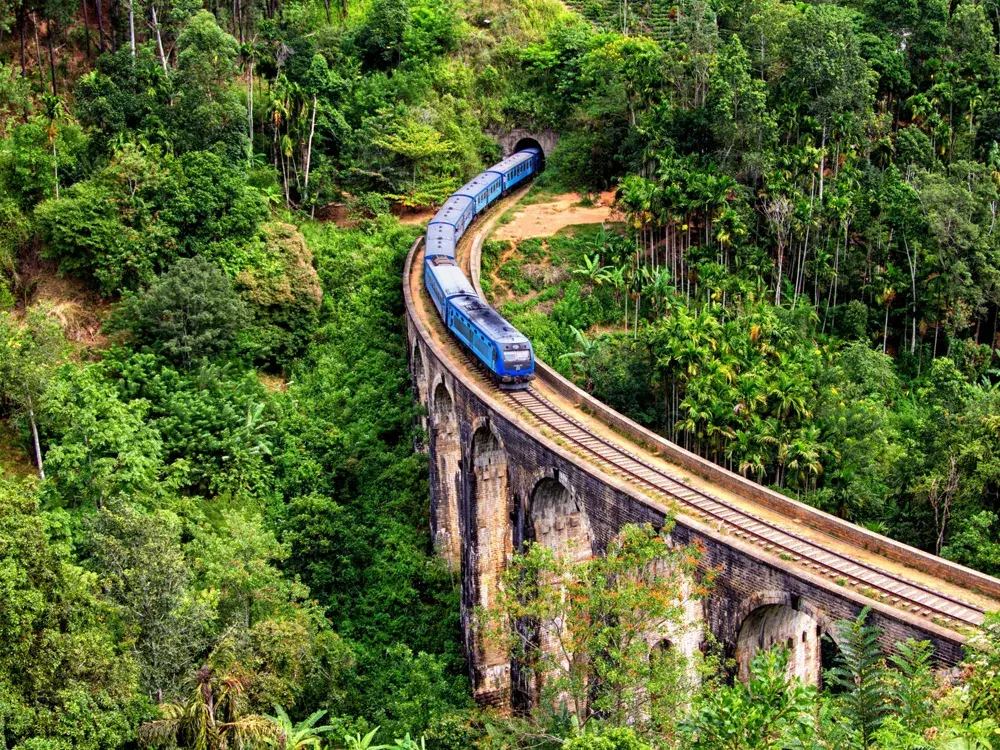
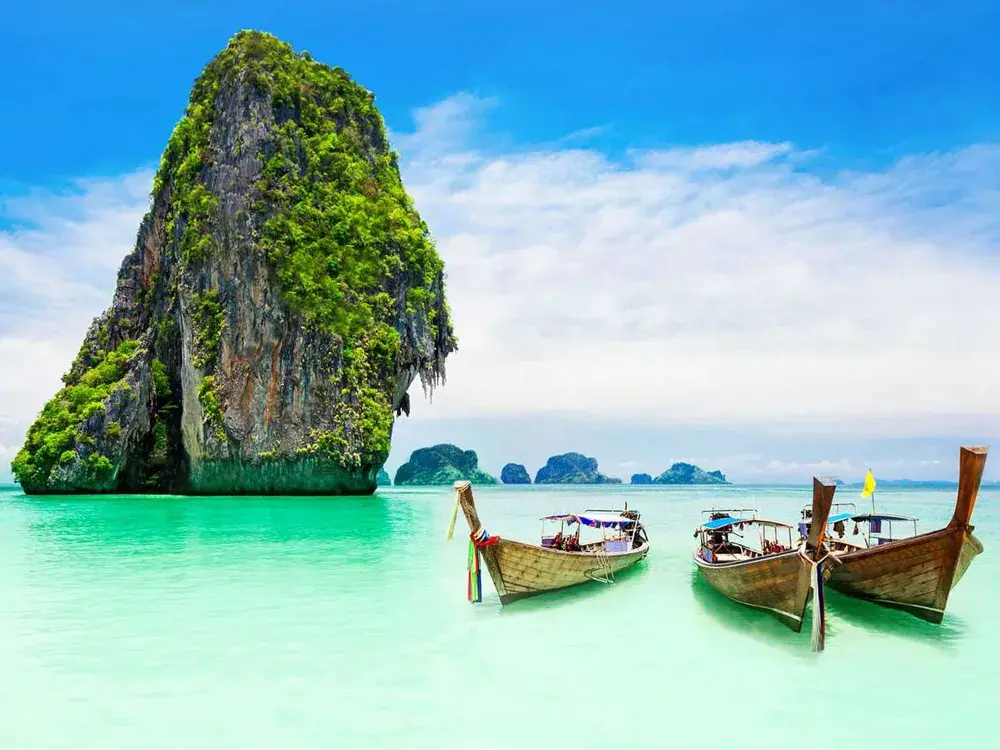
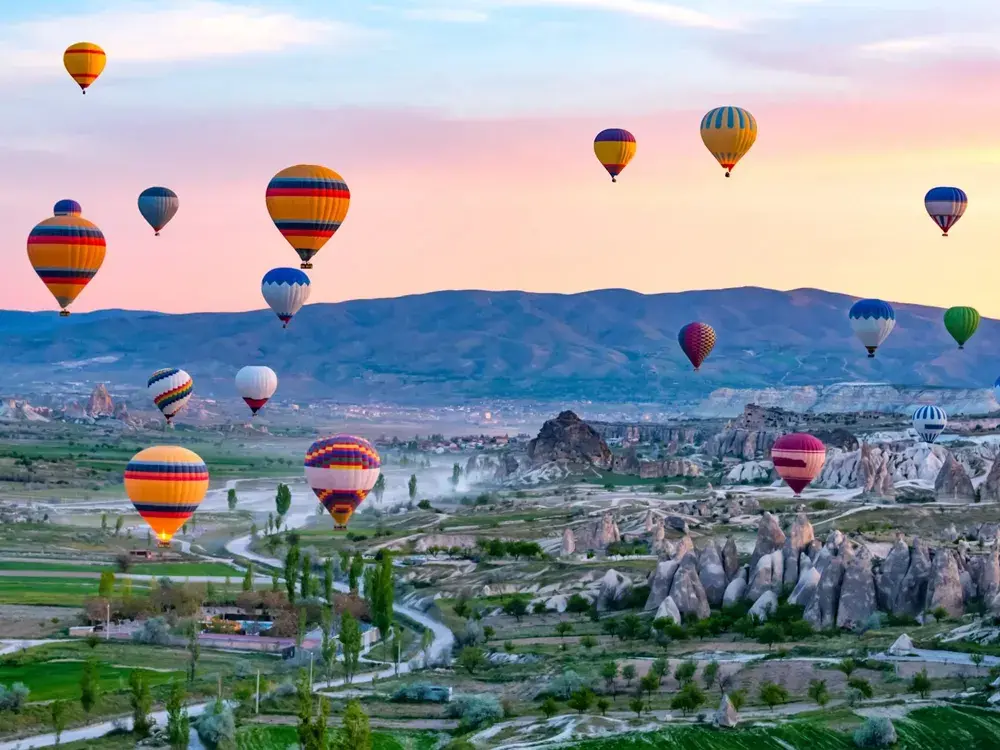
.webp)

